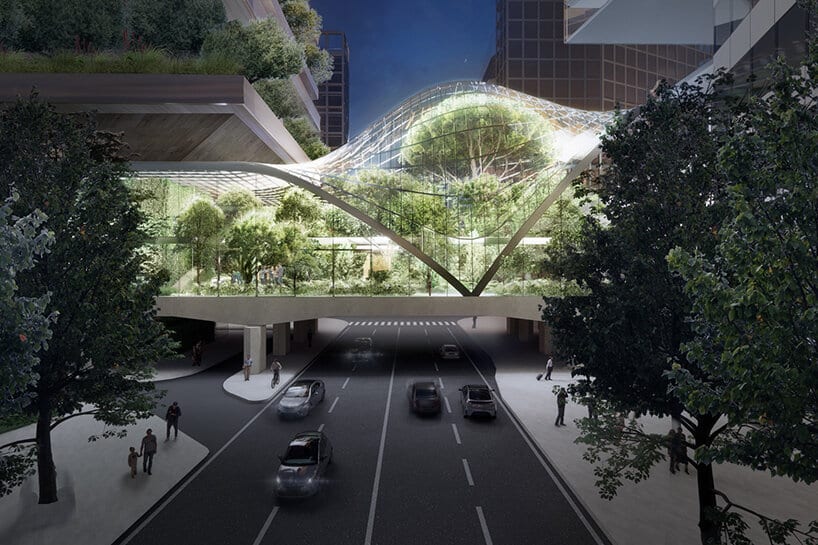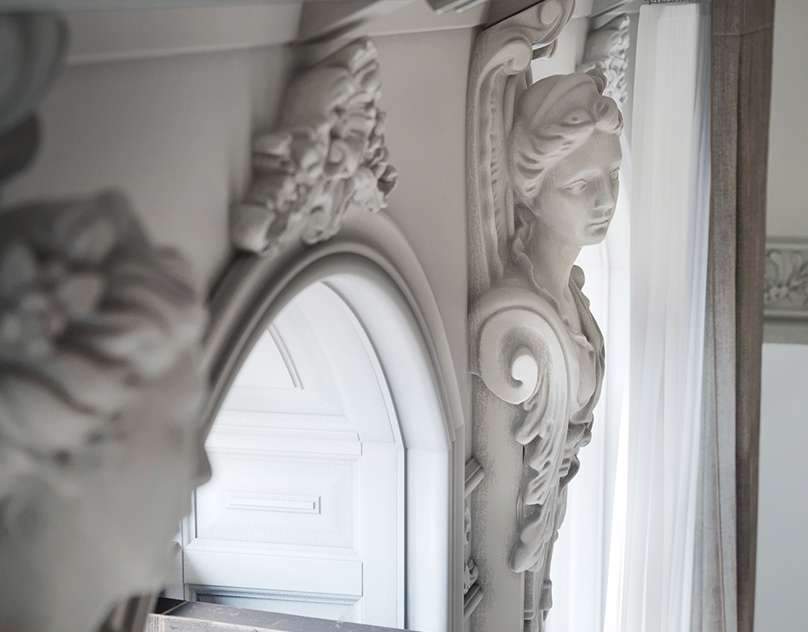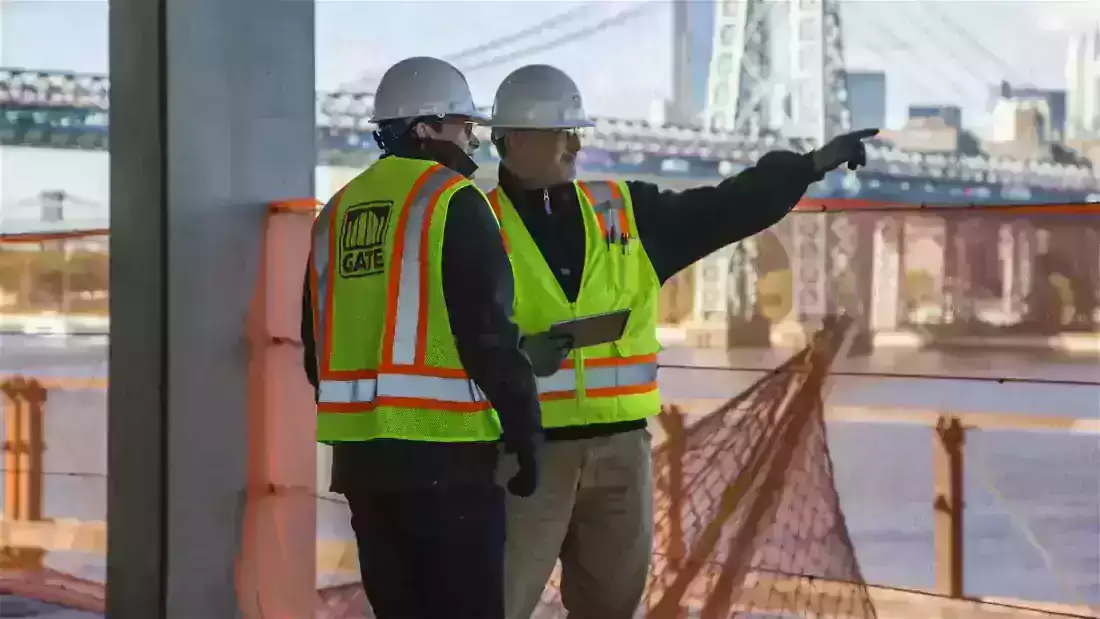Milan’s Architectural Transformation for the 2026 Winter Olympics
As Milan gears up for the Milano Cortina 2026 Winter Olympics, the city is undergoing significant architectural and infrastructural changes. This article explores key projects shaping Milan’s landscape, including the Olympic Village, Santa Giulia Arena, and other developments like the Lighthouse Tower and the Welcome project. It also covers infrastructure upgrades, such as the new M4 Metro line and street improvements, alongside new public policies aimed at enhancing quality of life. These efforts aim to make Milan more sustainable, accessible, and vibrant for residents and visitors during and beyond the Olympics.

Olympic Village: A Sustainable Hub in Porta Romana
The Olympic Village, located in the historic Porta Romana Railway Yard, is a cornerstone of Milan’s Olympic preparations. The project includes six new residential buildings, public green spaces, and two renovated historic structures. During the Olympics, these buildings will house athletes. After the games, the residences will transform into student housing and affordable apartments, while the Olympic Village Plaza will become a lively neighborhood square with shops, cafés, and spaces for farmers’ markets and community events.
Set to be completed by July 2025, the project emphasizes sustainability through eco-friendly materials and energy-efficient designs. It aims to revitalize the area, creating a vibrant residential and commercial district.
“Milan is committed to creating a lasting legacy through the Olympic Village, supporting the local community long after the games.”
Official Milano Cortina 2026 Website (milano-cortina2026.org)
Santa Giulia Arena: A Sports and Cultural Center
Located in the emerging Santa Giulia neighborhood in southeast Milan, the Santa Giulia Arena will be a key venue for Olympic events, with a capacity of 16,000 spectators. Its oval design, inspired by ancient amphitheaters, features metallic rings that glow with LED lighting at night. The arena will host sports and cultural events during the Olympics and remain a permanent hub for activities afterward.
The arena is expected to be completed by 2025, strengthening the neighborhood’s role as a new cultural and sports destination in Milan.

Other Architectural Projects: Redefining Milan’s Neighborhoods
Lighthouse Tower in the Symbiosis District
In the Symbiosis business district, the Lighthouse Tower stands at 144 meters and serves as a modern office building. It offers flexible workspaces, a sky garden, and a 6,320-square-meter public green courtyard. The design encourages interaction between employees and nature, with meeting rooms and co-working spaces that adapt to various needs.Milan 202
Welcome Project in the Rizzoli District
The Welcome project, located in the formerly abandoned Rizzoli district, aims to revitalize the area with a nature-focused design. It includes offices, co-working spaces, restaurants, shops, a supermarket, a wellness area, and spaces for temporary exhibitions. A new public square anchors the project, fostering community engagement and improving quality of life.
| Project | Location | Primary Use | Completion Date |
|---|---|---|---|
| Olympic Village | Porta Romana | Athlete housing, later student housing | July 2025 |
| Santa Giulia Arena | Santa Giulia | Sports and cultural events | 2025 |
| Lighthouse Tower | Symbiosis District | Offices and workspaces | Not specified |
| Welcome | Rizzoli District | Offices and commercial facilities | Not specified |

Infrastructure Upgrades: Better Mobility and Accessibility
M4 Metro: Connecting Milan
The recently opened M4 Metro line links Milan’s east and west, improving public transportation for residents and visitors. This line will support the expected influx of tourists during the Olympics, ensuring easy access to key event venues.
“The M4 Metro is a significant step toward enhancing urban mobility in Milan, with expectations of increased public transport efficiency.”
Official Milan Municipality Website (comune.milano.it)
Street Improvements: From Cobblestones to Smooth Surfaces
Milan is replacing some of its uneven cobblestone streets with smoother, pedestrian-friendly surfaces. This change improves accessibility, especially for people with disabilities, and enhances safety in busy areas.
Outdoor Smoking Ban
Starting in 2025, Milan (Milan 20 will enforce a ban on smoking outdoors within 10 meters of others. This policy aims to improve air quality and create a healthier environment for residents and Olympic visitors.

Long-Term Impact: Milan as a Future-Ready City
Milan’s Olympic projects extend beyond hosting the games, aiming to leave a lasting legacy. The sustainable Olympic Village, improved mobility through the M4 Metro, and revitalized neighborhoods like Rizzoli position Milan as a more inclusive and modern city. These changes will enhance its appeal as a global destination, benefiting residents and visitors for years to come.
FAQ: Common Questions About Milan’s 2026 Olympic Preparations
What is the Olympic Village, and what happens to it after the games?
The Olympic Village in Porta Romana will house athletes during the 2026 Winter Olympics. Afterward, it will become student housing and affordable apartments, with its plaza turning into a community square with shops and cafés.
When will the Santa Giulia Arena be completed?
The arena is expected to be ready by 2025 and will host Olympic events and future cultural activities.
How does the M4 Metro help with the Olympics?
The M4 Metro improves public transport by connecting east and west Milan, making it easier for visitors to reach Olympic venues.
Why is Milan changing its cobblestone streets?
The city is replacing uneven cobblestones with smoother surfaces to improve accessibility and safety for pedestrians.
What is the new smoking ban in Milan?
Starting in 2025, smoking outdoors within 10 meters of others will be prohibited to enhance air quality and public health.

Summary Table
| Topic | Key Details |
|---|---|
| Olympic Village | Located in Porta Romana, sustainable design, converts to housing post-2025 |
| Santa Giulia Arena | 16,000-seat venue in Santa Giulia, completed by 2025 |
| Lighthouse Tower | 144-meter office tower in Symbiosis, flexible workspaces, green courtyard |
| Welcome Project | Nature-focused development in Rizzoli, includes offices and public square |
| M4 Metro | Connects east-west Milan, supports Olympic visitor mobility |
| Street Improvements | Smooth surfaces |
Milan 2026







